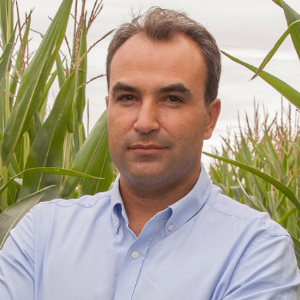Title : From science to applications: microbiome as a bioindicator for management practices
Abstract:
Agroecosystems are human-managed ecosystems adhering to generalized ecological rules. Understanding the ecology behind the assembly and dynamics of soil fungal communities is a fruitful way to improve management practices and plant productivity, particularly, mechanization with ecological computing to analyze the soil microbial networks. Monitoring soil health would benefit from using metrics that arise from ecological explanations that can also guide agricultural management. Beyond traditional biodiversity descriptors, community-level properties can inform about specific ecological situations. Our observations using traditional approaches show results concurring with previous literature: influence of geographic and climatic factors on sample distributions or different operational taxonomic unit (OTU) compositions depending on agricultural management. Furthermore, using network properties, we observe that fungal communities range from dense arrangements of associations to a sparser structure of associations, indicating differential levels of niche specialization. We detect fungal arrangements capable of thriving in wider or smaller ranges of temperature, revealing that niche specialization may be a critical soil process impacting soil health. Low-intervention practices (organic and biodynamic management) promoted densely clustered networks, describing an equilibrium state based on mixed collaborative communities. Thus, we hypothesize network properties at the community level may uncover how human intervention (land use) can affect community structure and ecological processes in agroecosystems impacting food quality production.



